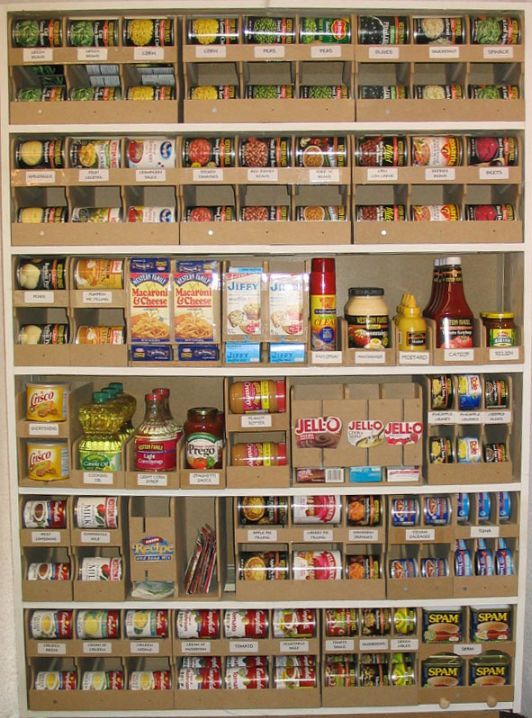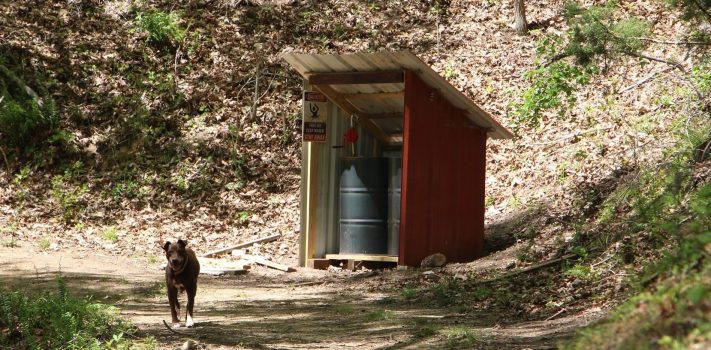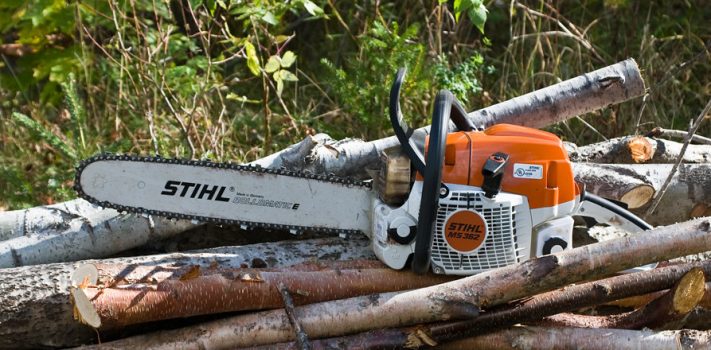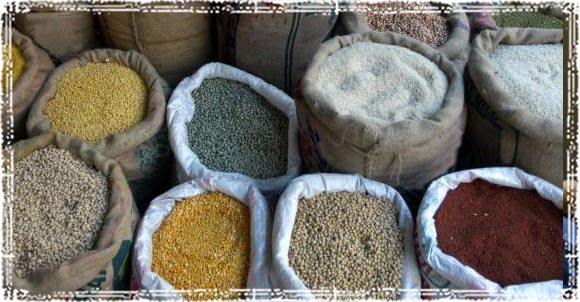SurvivalBlog’s Quick-Start Guide for Preparedness Newbies
…book to discuss all of the following in great detail) Water List Food Storage List Food Preparation List Personal List First Aid /Minor Surgery List Nuke Defense List Biological Warfare Defense List Gardening List Hygiene List/Sanitation List Hunting/Fishing/Trapping List Power/Lighting/Batteries List Fuels List Firefighting List Tactical Living List Security-General Security-Firearms Communications/Monitoring List Tools List Sundries List Survival Bookshelf List Barter and Charity List JWR’s Specific Recommendations For Developing Your Lists: Water List House downspout conversion sheet metal work and barrels. (BTW, this is another good reason to upgrade your retreat to a fireproof metal roof.) Drawing water from open sources. Buy extra containers. Don’t buy big barrels, since five gallon food grade buckets are the largest size that most people can handle without back strain. For transporting water if and when gas is too precious to waste, buy a couple of heavy duty two wheel garden carts–convert the wheels…




